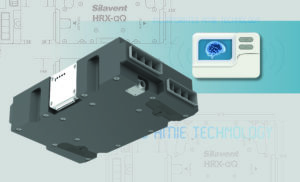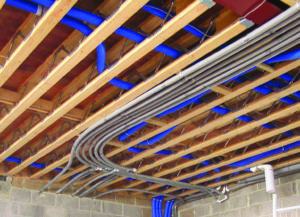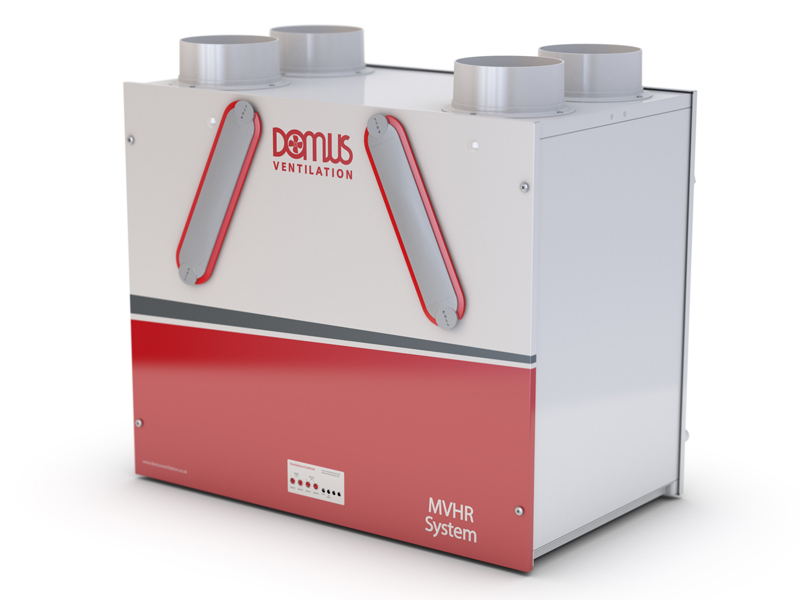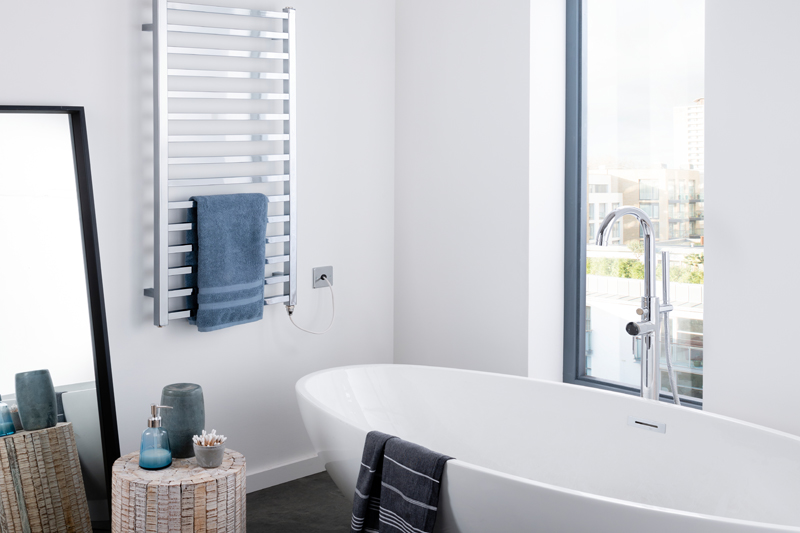Penny Jones, Product Manager at Domus Ventilation, explains why MVHR systems have become so popular and lists the three key points to success in this market.
Mechanical Ventilation with Heat Recovery (MVHR) systems has never been so popular. They improve indoor air quality (IAQ) and reduce energy bills by up to 50% due to the reduced heating demand.
Potentially, all new homes can benefit from MVHR, including smaller properties and especially those in inner-cities where air pollution is a problem. With electricians moving into this profitable line of work, the natural starting point is with smaller systems. There are, however, certain criteria that need to be taken into account for a successful MVHR installation in a smaller property, which is important for you to know from an advice point of view and also for knowing what products to stock.
Size matters
It might sound obvious, but the smaller the property, the smaller the spaces available to fit an MVHR system. The majority of MVHR units are wall mounted within the envelope of the property; most commonly in a cupboard. The size of the unit therefore needs to be compact, especially when it comes to height; the Domus HRXE, for example, is just 507mm in height.
Where installation in a cupboard is not an option, then a ceiling void should be a consideration. Here the depth of the unit and weight are key factors. The Domus HRX-aQ is the shallowest in the market place, measuring down to 199mm in depth and weighing from 7.9kg, making it compact and light enough to be easily installed in the most restrictive of ceiling voids.

Silence is golden
A well designed and correctly installed MVHR system shouldn’t cause unnecessary noise during everyday activities. Look for a system that generates less than 24dBA (typically whisper quiet) at a distance of more than one meter away from the air valve.
There are useful accessories here that make for an even quieter system and represent a good upsell. An Anti-Vibration tray isolates the MVHR unit from the wall to reduce any low levels of vibration induced noise which can be distracting to residents in smaller properties where the unit cannot be placed far away from bedrooms and main living spaces. Duct sound attenuators are particularly popular as they absorb sound over a range of audible frequencies that travel down the ducting from the fan, or from traffic noise or room-to-room-cross talk.
On the run
An MVHR system is only as good as its ducting, so quality ducting is essential and makes for a better sale. Poor ducting is easy to spot – the channel or pipe bows or looks like it is concave or the wall thickness appears uneven. This impacts the air flow, sound and overall effectiveness of an MVHR system.
Ducting for MVHR systems is normally Ø125 or 150mm (or the equivalent in rectangular). To maximise air flow and reduce air leakage, sharp bends need to be avoided, but in smaller properties this can be a real issue. Suggest a Radial semi-rigid ducting system instead. Unlike traditional branch-based ducting, Radial systems allow each room vent to be served by single or twin duct runs which connect directly to the central distribution system, evenly splitting the air from the MVHR unit. This can work better in small spaces and makes it easier for installers.
With IAQ now making it on to the national news agenda and organisations lobbying the government to introduce policies in relation to ventilation and IAQ, the uptake of MVHR systems is on an upward trajectory and electricians are getting in on the act. Starting with smaller properties and therefore smaller MVHR systems is a sensible approach; just be sure your customers are equipped with the right products!

WHAT IS MVHR?
Mechanical ventilation systems are a cost-effective method of improving indoor air quality by extracting stale air. MVHR systems, these go one step further by combining supply and extract ventilation in one system. They work on the principle of extracting and re-using waste heat from wet rooms.
MVHR systems efficiently tempers the fresh air drawn into the building with waste stale air using a heat exchanger; up to 94% of waste heat can be recovered when using a Domus MVHR system. The filtered, tempered air is then distributed around the home, effectively meeting part of the heating load in energy efficient dwellings.
For further information
To learn more about indoor air quality and MVHR , visit: www.domusventilation.co.uk





